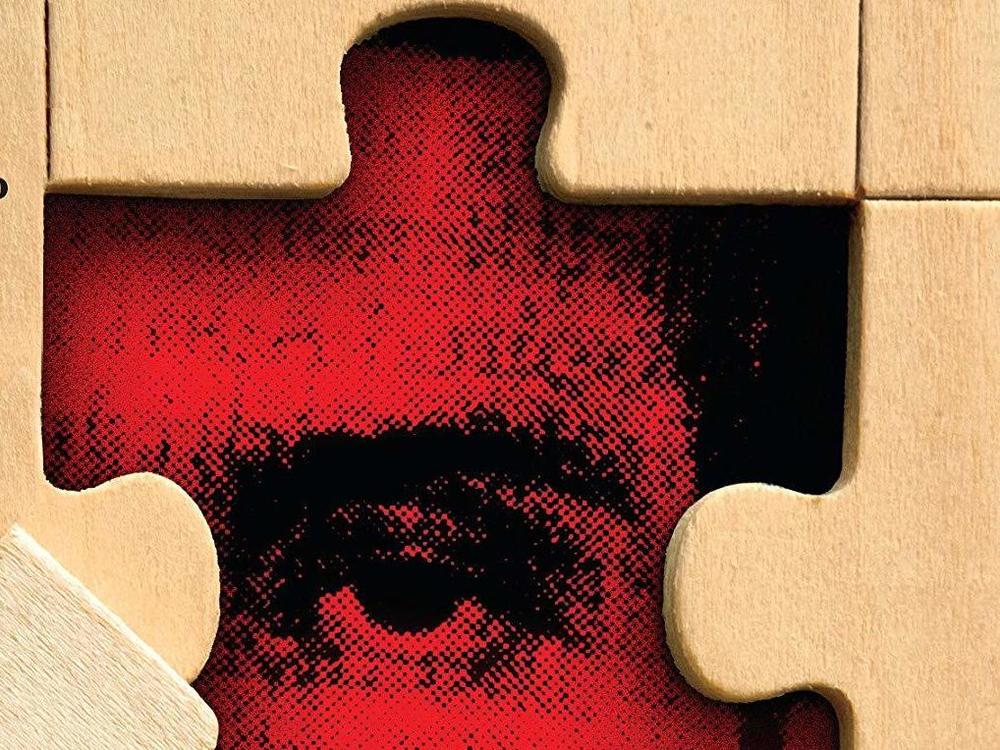Section Branding
Header Content
A Botched Execution Leads To A Search For Answers In 'Two Truths And A Lie'
Primary Content
I'm obsessed with tales of obsession. Chances are, you are too, judging by the unflagging popularity of true crime stories presented in podcasts, documentaries, movies and books.
What sets Ellen McGarrahan's just-published true crime book, Two Truths and a Lie, above so many others I've read is the moral gravity of her presence on the page and the hollow-voiced lyricism of her writing style.
McGarrahan earned both qualities the hard way. Long ago, when she was a young reporter for The Miami Herald, McGarrahan witnessed an execution gone wrong and she reported on the case and the executed man — a convicted murderer — by relying on, as she says, "the state's version of events as the truth." Two Truths and a Lie delves deep into McGarrahan's more than two-decade-long odyssey to rectify that mistake.
Two Truths and A Lie opens in May of 1990 at a prison in Florida where McGarrahan has gathered with other reporters to witness the death by electrocution of Jesse Tafero for the murder of two police officers at a Florida rest stop in 1976. McGarrahan volunteered to be there because she wanted to prove herself. She was then the only woman in the Herald's state capital bureau and she was young. "Five years earlier I'd been deconstructing The Executioner's Song in literature class at Yale," she writes.
But nothing McGarrahan read could have prepared her for the grotesque reality of the execution that followed. Because of an electrical malfunction, Tafero's head caught on fire. Months afterwards, a reporter friend advises the shaken McGarrahan to "Go see another one. ... That'll get it out of your mind."
Instead, McGarrahan questions the point of journalism — her dream career — and takes off for California where she works on home construction sites. "In my tile work at the time," she recalls, "I was setting a lot of limestone — countertops, walls, floors — and I kept noticing the fossils, tiny living creatures embedded in the stone, frozen forever exactly as they were when disaster hit. I thought, That's me."
Then, one evening McGarrahan returns home from work and turns on her TV to hear Barbara Walters announce that new evidence suggests that Tafero may have been innocent. Soon after, Fate intervenes to prompt McGarrahan — at the age of 32 — to interview for a job as a private investigator.
McGarrahan doesn't tell the head of the detective agency about the Tafero case. Nevertheless, when he hires her, the boss shrewdly says, "You are motivated by guilt, which means you will never stop till the job is done." McGarrahan tells us her career as an investigator eventually brought her "full circle, to the mystery I'd tried so hard to leave behind."
You'll notice I'm barely saying anything about that mystery: the question of who murdered those two police officers at that highway rest stop in 1976. Tafero was sleeping in a car at that rest stop, along with his girlfriend, her 9-year-old son, their baby daughter, and another man. One of the officers went to check on them and within minutes, both officers were shot dead.
Like Tafero's execution, the murder scene — as McGarrahan imagines it — haunts her. She finally allows herself three months to work on the case full time and her investigation spans continents. That's all I'm going to say because the experience of inhabiting that investigation with McGarrahan is so intense readers should experience it for themselves.
For me, the even deeper draw here is McGarrahan's struggle to come to terms with the evil she was drawn into as a young reporter. Here she is speaking of the blur of stories which gives her book its title:
"There's an old party game called Two Truths and a Lie. Maybe you've played it. Someone stands up and says a few things about herself, the more outlandish the better. The trick is in guessing which parts are made up and which are true, and the goal of the game is to get you believing something that never happened. ... As played among friends over a few drinks, it's harmless fun. But add an electric chair and put that game on the Internet, and there's a price to be paid. ... [By] the listeners. The families. The witnesses. I was trapped in that game for twenty-five-years. I paid the price too."
Maybe that statement sounds a little self-aggrandizing, but once you read McGarrahan's pensive book, you'll understand how restrained she is in assessing the damage done.
Copyright 2021 Fresh Air. To see more, visit Fresh Air.
Bottom Content




